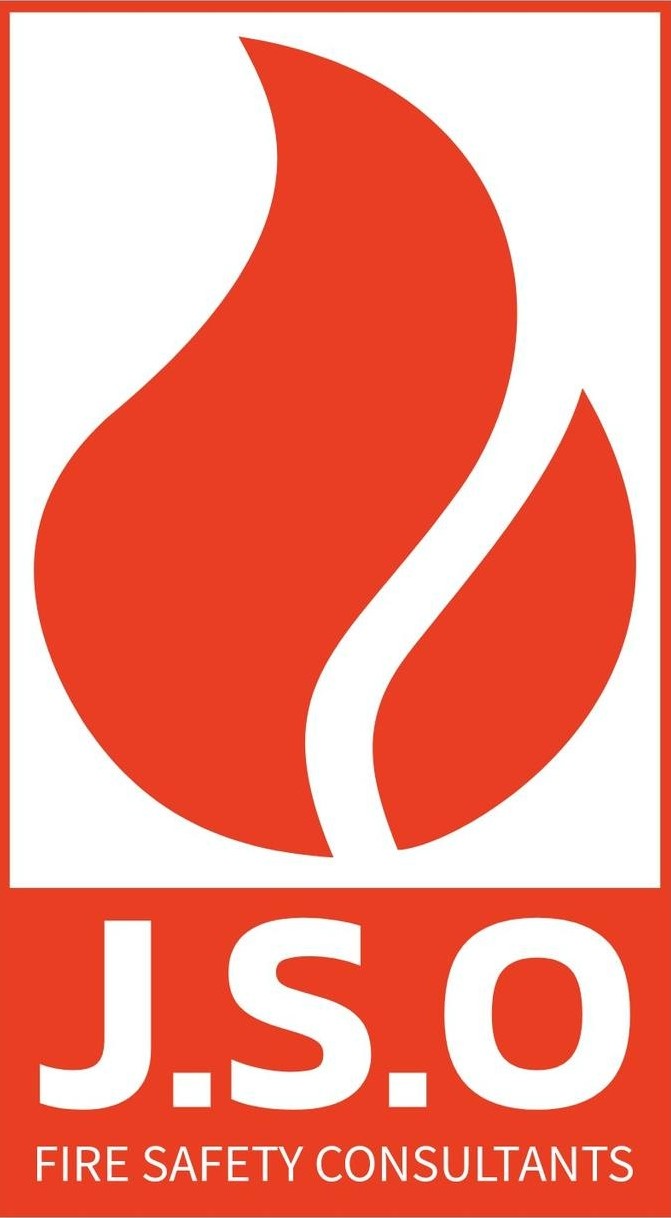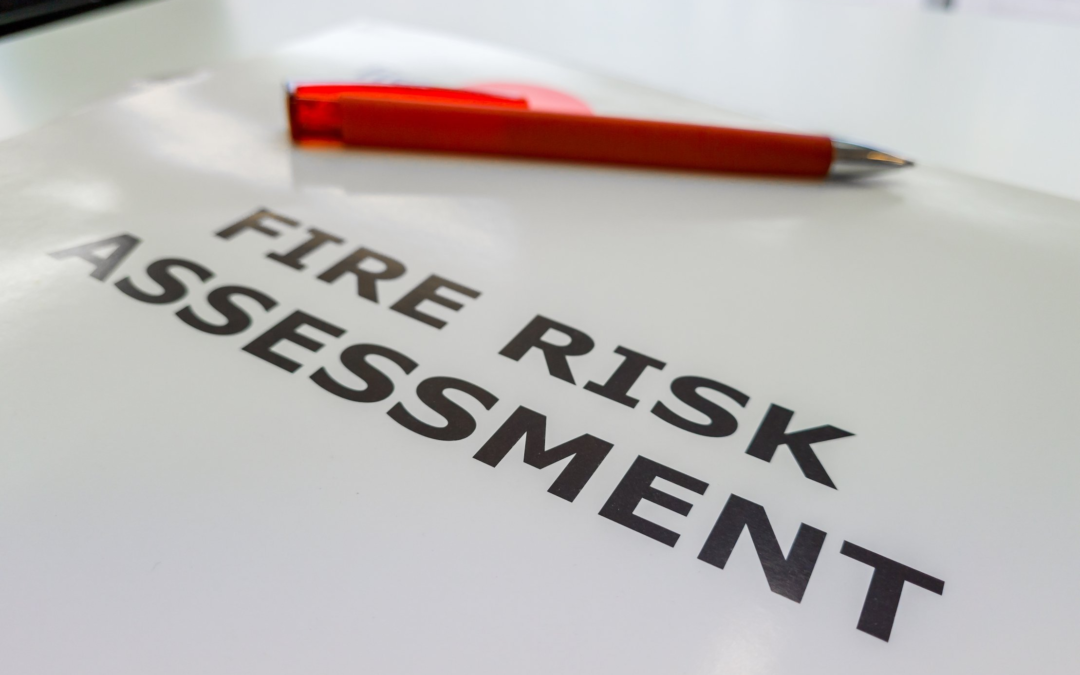Fire safety is a legal and moral responsibility for every business owner, ensuring the safety of employees, customers, and visitors. A fire risk assessment is the cornerstone of effective fire safety planning, as it identifies potential hazards, evaluates risks, and establishes measures to mitigate them. This guide will explain what a fire risk assessment is, who is responsible for completing one, and how often they should be reviewed.
For more detailed government guidance, visit the official page on Workplace Fire Safety Responsibilities.
What Is a Fire Risk Assessment?
A fire risk assessment is a systematic evaluation of your premises to identify fire hazards, assess risks, and determine necessary actions to prevent fire and protect people. It forms part of your legal obligations under the Regulatory Reform (Fire Safety) Order 2005.
This process involves identifying potential fire hazards, determining who might be at risk, and ensuring that effective control measures are in place. Whether it’s a small office or a complex healthcare premises, conducting a fire risk assessment is crucial for compliance and safety.
Who Is Responsible for Completing a Fire Risk Assessment?
The responsibility for completing a fire risk assessment lies with the ‘responsible person’. This is typically the employer, building owner, or landlord. In complex settings like hospitals or healthcare facilities under the NHS, the responsibility may extend to Fire Safety Managers or other designated staff.
It is essential that the fire risk assessment is carried out by someone competent, with sufficient training and experience to identify fire risks and propose effective solutions.
How Many Steps Make Up a Fire Safety Risk Assessment?
The government guidance breaks down a fire safety risk assessment into five key steps:
- Identify fire hazards – Look for potential sources of ignition, fuel, and oxygen.
- Identify people at risk – Consider employees, visitors, and anyone vulnerable, such as elderly or disabled individuals.
- Evaluate, remove, or reduce risks – Assess risks and implement measures to reduce or eliminate them.
- Record, plan, and train – Document findings, prepare an emergency plan, and train staff.
- Review and revise – Regularly review the assessment and update it if needed.
By following these five steps, you ensure that your fire safety measures are both effective and compliant with UK regulations.
How Often Should Fire Risk Assessments Be Reviewed?
While there is no fixed timeline, fire risk assessments should typically be reviewed:
- Annually, to ensure your safety measures remain relevant.
- After significant changes, such as alterations to the premises, changes in occupancy, or installation of new equipment.
- Following a fire incident, to identify and address any shortcomings in the current safety measures.
In high-risk environments, such as healthcare premises managed by the NHS, assessments may need more frequent reviews to account for the complexity of the setting.
Why Fire Risk Assessments Are Crucial
Failing to carry out or regularly review a fire risk assessment can lead to severe consequences, including legal action, fines, and increased risk of harm to people and property. By ensuring compliance, you:
- Safeguard lives and assets.
- Meet your legal obligations.
- Enhance your business’s reputation as a safe and responsible employer.
Why Choose J.S.O Fire Safety Consultants?
At J.S.O Fire Safety Consultants, we specialise in delivering thorough fire risk assessments for a wide range of premises, from small offices to complex healthcare facilities. Whether you’re wondering who is responsible for completing a fire risk assessment NHS or need guidance on reviewing your current plan, we’re here to help.
Contact us today for expert advice and tailored fire safety solutions. Let us help you ensure compliance and peace of mind.
Conclusion
Fire risk assessments are a vital part of workplace safety, and keeping them up-to-date is both a legal requirement and a moral duty. For more information on your responsibilities, visit the official government guide on Workplace Fire Safety.

